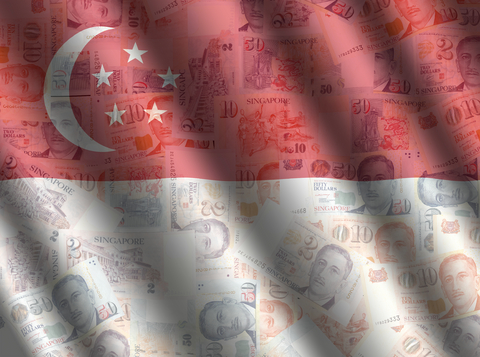
When you bear in mind that Singapore house prices increased by 60% between 2009 and 2013, the government was effectively forced to bring in property curbs. These included an “Additional Buyer’s Stamp Duty” which could add as much as 15% onto the price of a property. There were also minimum holding periods to avoid this additional tax as the authorities looked to come down hard on speculators. It may have taken some time for these factors to hit home but from the third quarter of 2013 through to the end of 2016 the property price index fell 11% from its peak. So, why has the Singapore government reversed its successful property curbs?
Market sentiment
Investors have certainly taken on board recent changes by the Singapore government and sentiment has improved dramatically in the property market. While this is yet to show in actual property prices, the number of properties listed in the first quarter showed a 2% rise year-on-year and 2.4% in March alone. This is a small movement in the right direction but if it continues, and sentiment holds strong, then the 0.5% quarter reduction in prices may be about to turn. In many ways this reduction in the last quarter is not wholly indicative of the market as it seems to have been focused around small landed properties.
Historically low interest rates
There are many examples around the world but there is no doubt that the Singapore market between 2009 and 2013 fed off historic low interest rates. These were brought on by the 2008/9 US sub-prime mortgage crash which effectively brought the world economy down. Interest rates are still nowhere near their traditional levels but some governments, such as the Singapore authorities, are now starting to reduce curbs introduced to cool markets.
It is ironic but the sudden jump in investor sentiment may well stop the authorities from pushing through with further relaxations. Indeed there are signs that the increase in sentiment was starting to build momentum prior to the recent change in property regulations. There is still a long way to go but a recent property sale, Park Place Residences, saw managers forced to increase the phase 1 sale from 40% up to 50% of the development. This certainly shows some interest in the market but it may also have something to do with the location and the competitive pricing.
Finding a balance
We certainly do not envy the Singapore government in its quest to find a balance between curbs and a free-market policy with regards to Singapore real estate. The authorities have an obligation to ensure that prices are managed as much as possible, both on the upside and the downside, while also taking into account investment funds. This improvement in sentiment could ironically reduce the chances of any further short-term relaxations in regulations. However, we may see any short-term over-exuberance disappear fairly quickly if there is no follow-through with additional assistance by the Singapore government.
Conclusion
Like many governments around the world the Singapore authorities are caught between a rock and a hard place. They had to bring in strong curbs to hold back over-buoyant markets and now they are looking to relax these curbs to introduce some balance back into the marketplace. However, it does look as though investors have overextended themselves in the short term with a touch of over exuberance. Time will tell……………

